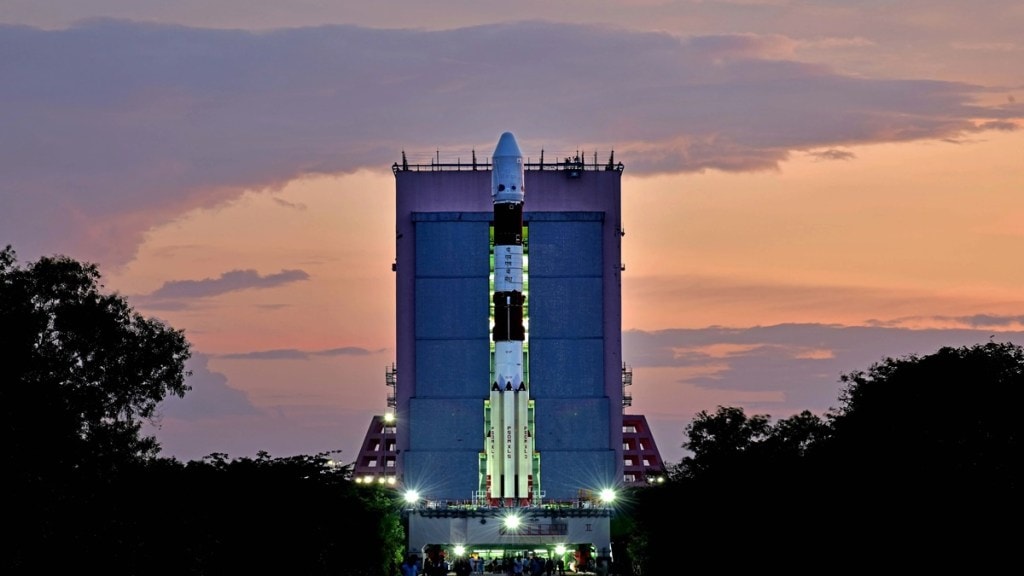The Indian Space Research Organisation (ISRO) announced that the inaugural orbit-raising maneuver for Aditya-L1 is slated for approximately 11:45 am on Sunday (Sept 3). This comes a day after the successful launch of the Polar Satellite Launch Vehicle, designated as PSLV-C57, which carried the orbiter into space from the Satish Dhawan Space Centre located in Sriharikota, Andhra Pradesh.
After an hour post-launch, ISRO took to X, formerly known as Twitter, and announced that the vehicle had placed the satellite into its intended orbit. The satellite will take 125 days to reach its designated destination at the L1 point.
Aditya-L1: Role and Impact
Once positioned, this satellite will play a crucial role in offering early warnings about the potential impact of heightened solar activity, which can include a barrage of particles and radiation capable of disrupting Earth’s power grids. B.R. Guruprasad, a space scientist, highlighted this in an article published in The Times of India newspaper.
The advanced forewarning system not only safeguards the operational integrity of vital satellites underpinning the global economy but also ensures the safety of individuals residing in space stations.
The job of payloads
Explaining the satellite’s mission, Manish Purohit, a former scientist at the research organization, told PTI that the seven payloads carried by the satellite will comprehensively examine the Sun as a star, covering the entire spectrum from visible and ultraviolet to X-ray. It’s akin to obtaining a black-and-white image, a color image, and a high-definition, 4K image of the sun, ensuring that we capture every nuance of solar activity. This approach ensures that no significant solar events go unnoticed.
It’s worth noting that India’s solar mission comes after it achieved a significant milestone on August 23 by becoming the first country to successfully land a spacecraft on the Moon’s south pole. This historic mission ventured into uncharted territory, with the goal of exploring potential reserves of frozen water.
